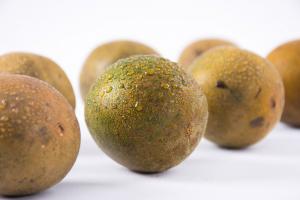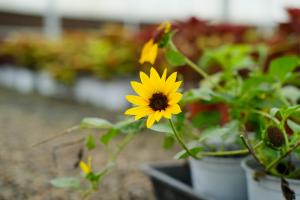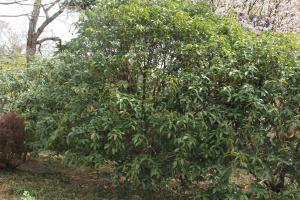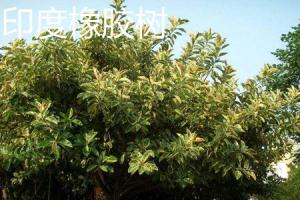Temperature regulation
In winter, even in a warm room, it is necessary to ensure that the winter temperature of flowers is high to avoid freezing. However, the higher the temperature is, the better. Most flowers will be in dormant or semi dormant state after entering winter. If the temperature is too high, there will be physiological activities and even leaf bud germination, which will waste the accumulated energy and be unfavorable to growth. Therefore, the temperature should not be higher than 20 ℃
Secondly, the light intensity in winter is weakened. In addition to effective antifreeze, flowers should also be exposed to the sun to warm them. Accept more than 3 hours of light every day, which is conducive to the vigorous growth of the coming year

Proper fertilizer and water
Flowers grow slowly in winter, and some will go into dormancy, so their ability to absorb nutrients is not strong
If too much fertilizer is applied to flowers in winter, it will damage the roots, make them more afraid of cold, and reduce the evaporation of water. Watering too much water will make the root system breathe poorly, which is very easy to cause root disease and even rotten root death
Therefore, flowers need little fertilizer and water in winter, so they can maintain their life

Adjust humidity
The climate in winter is already dry. Coupled with the use of household air conditioning, the air humidity is reduced, which affects the growth of flowers. In winter, the air humidity of jasmine, Phyllostachys pubescens and cactus should not be less than 50%, while that of Chlorophytum, asparagus and Acorus calamus should reach more than 60%. When the humidity is insufficient, the method of spraying water and fog can be used to solve the problem


 how many times do yo...
how many times do yo... how many planted tre...
how many planted tre... how many pine trees ...
how many pine trees ... how many pecan trees...
how many pecan trees... how many plants comp...
how many plants comp... how many plants can ...
how many plants can ... how many plants and ...
how many plants and ... how many pepper plan...
how many pepper plan...































